The first proto-prototypes of the KAPULA (Finnish for 'a block of wood') were based on the LPC1768 MBED and this is evident in both the hardware and the software. The software development is still in the MBED cloud IDE and the software is provided as a packaged MBED project in the files section. The MBED infrastructure is only minimally used, to expose the beauty and power of direct hardware control to the students. Usually, of course, one should primarily use ready built objects for a number of reasons, but here is a chance to peak under the hood.
The hardware is based on the LPC1768 Cortex M3 ARM, the FLIR Lepton thermal camera, a SimCom SIM900D GSM module and a DX ILI9341/XPT2046 touch display. In addition, the system contains a microphone, a speaker, an accelerometer, a pinch of discrete components, and connectors for USB, microSIM, debug, and the display. Some of these are not used at all (the accelerometer and the SD card interface at the display board) and some are gravely underutilized (the USB connection) by the default software. This is by design to prod the students forward with easily attainable goals. The MBED libraries are the key, here.
The main user interface is a point-and-click image (courtesy of my daughter) showing that makers do not need to settle for established concepts, when building things of their own. While the system extension hints for the students are to expand the functionality of this interface, I'd rather see someone to come up with a totally different one from ground up. The hardware is actually quite capable and the software already documents the interfaces nicely.
 Karri Palovuori
Karri Palovuori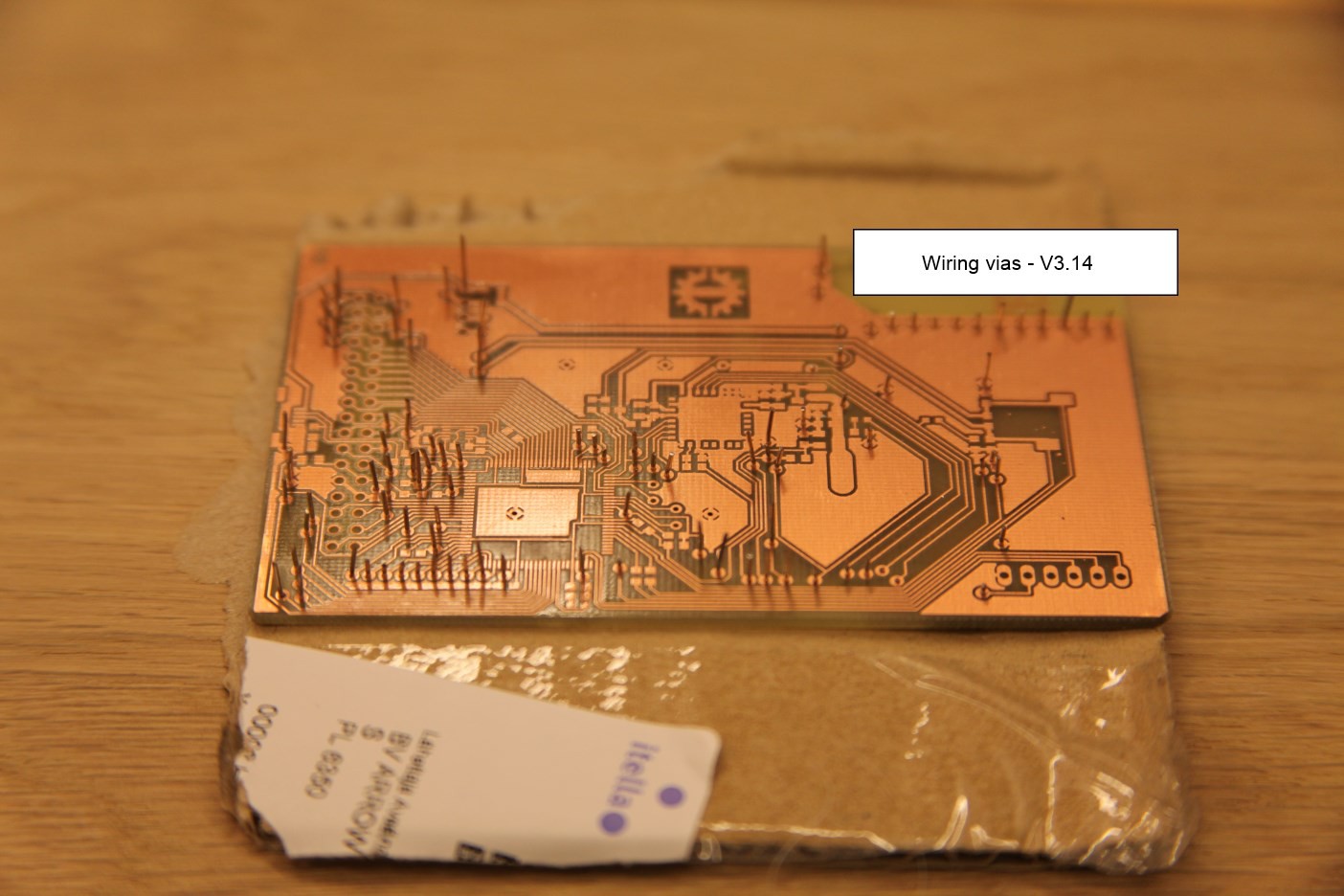
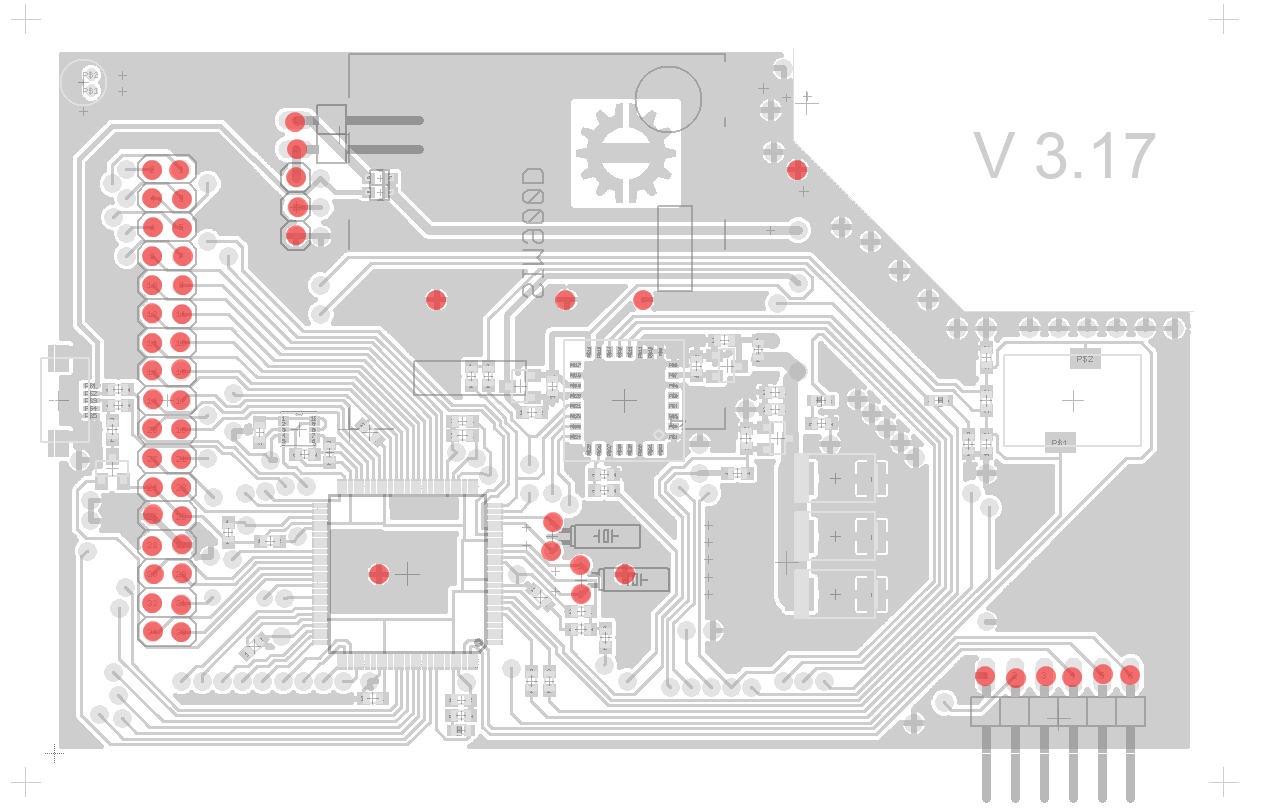
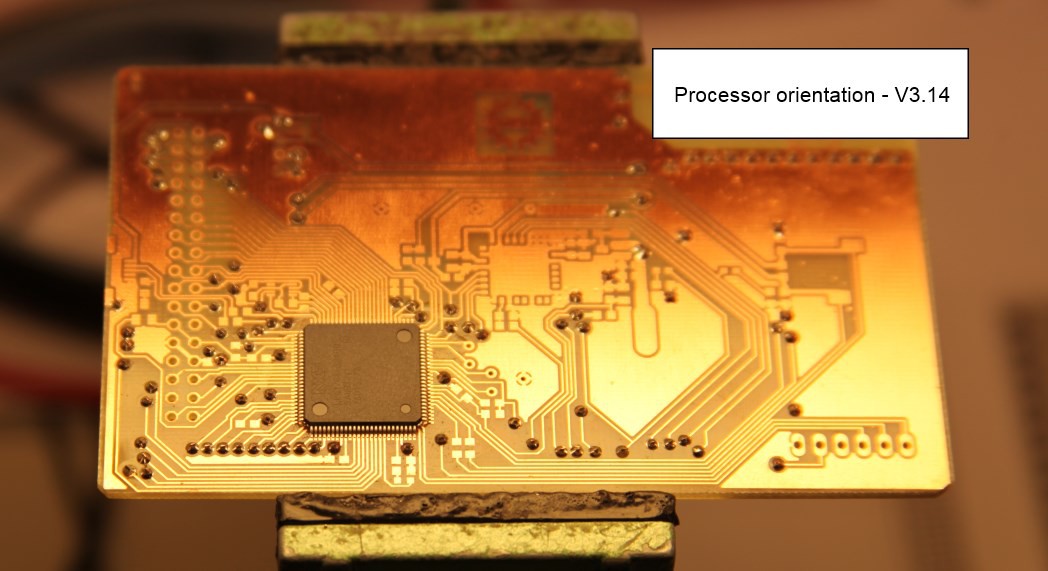
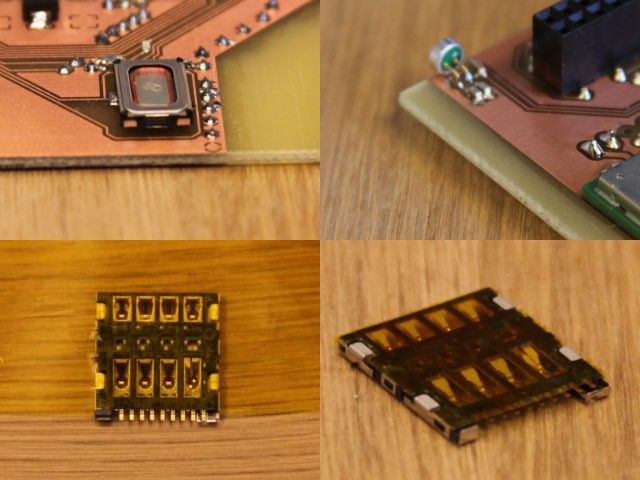

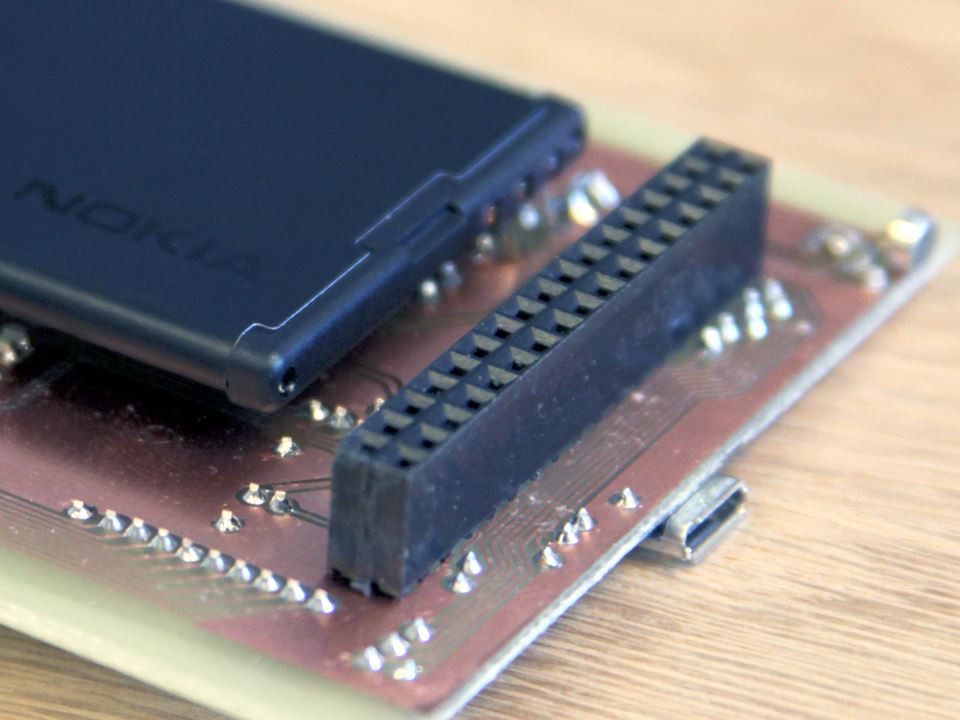
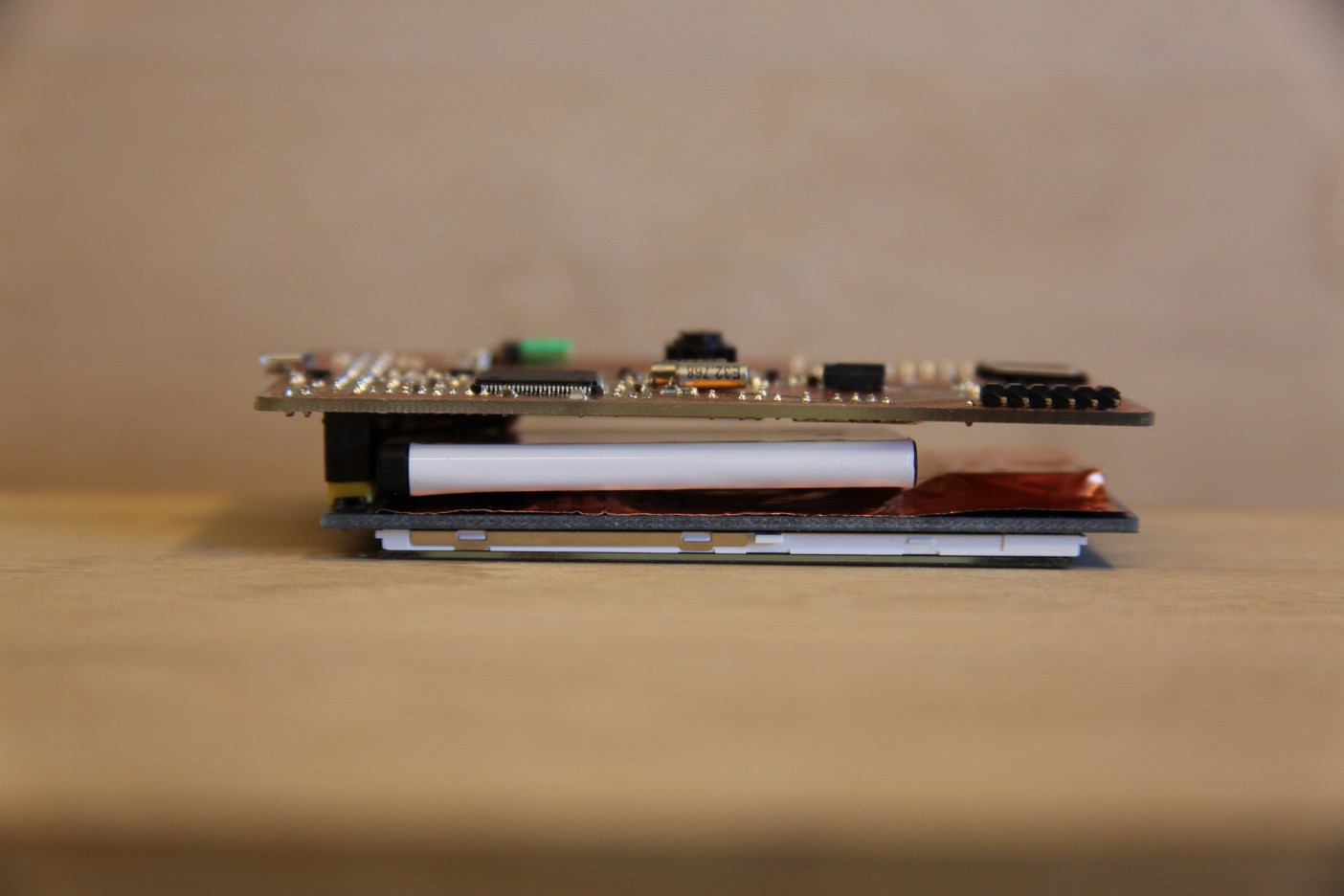
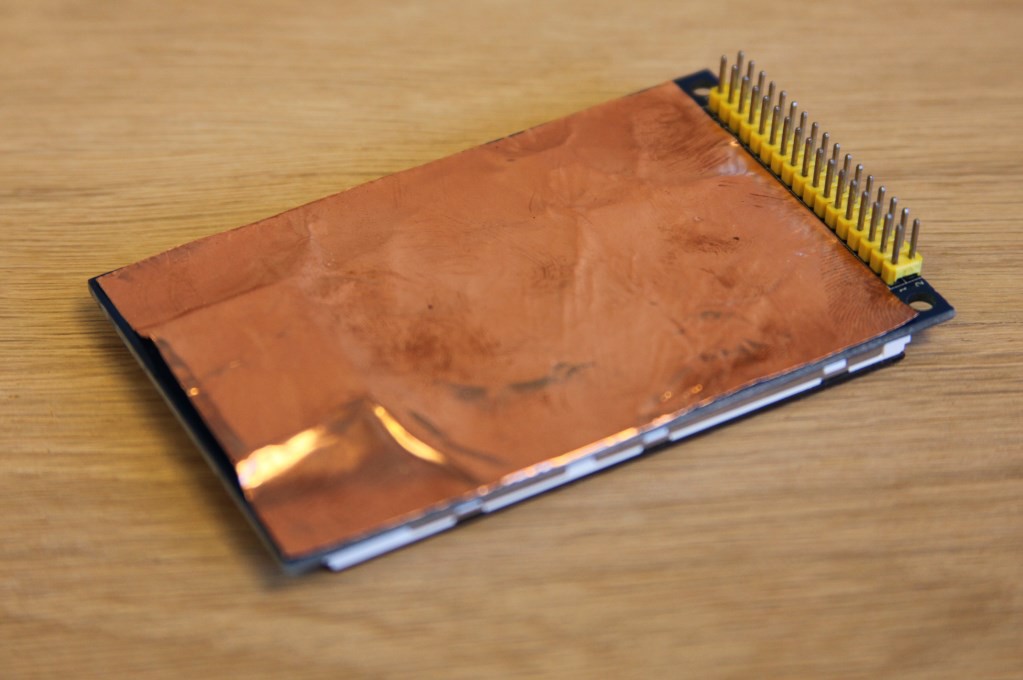
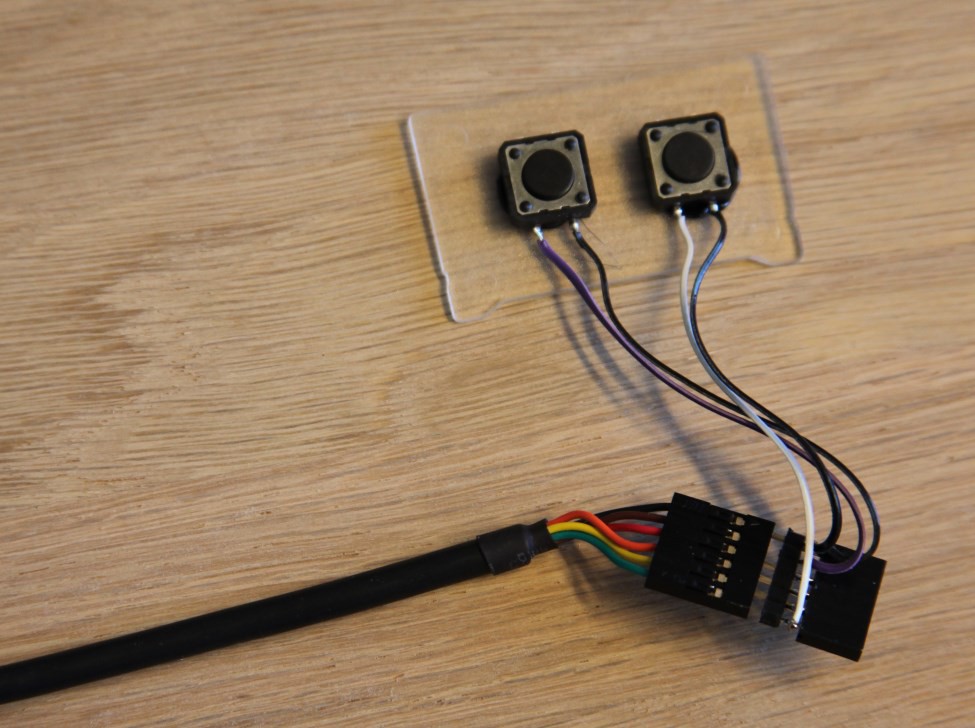
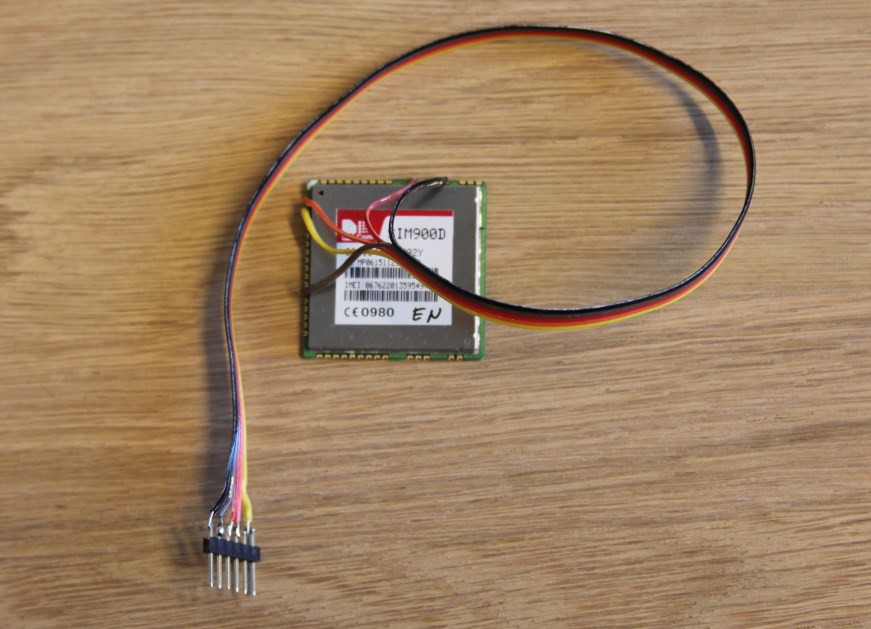


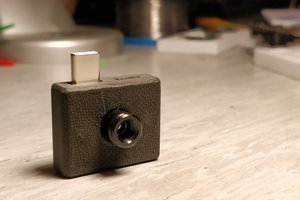
 TheMarpe
TheMarpe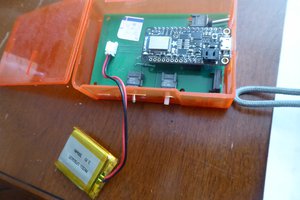
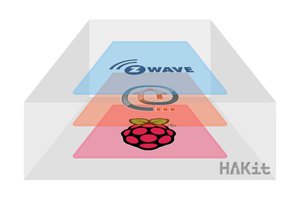
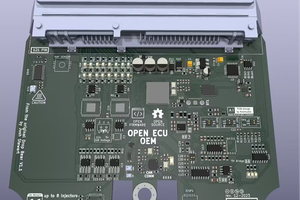
 Miguel Tomas
Miguel Tomas
What kind of budget the BOM requires? Cool platform.